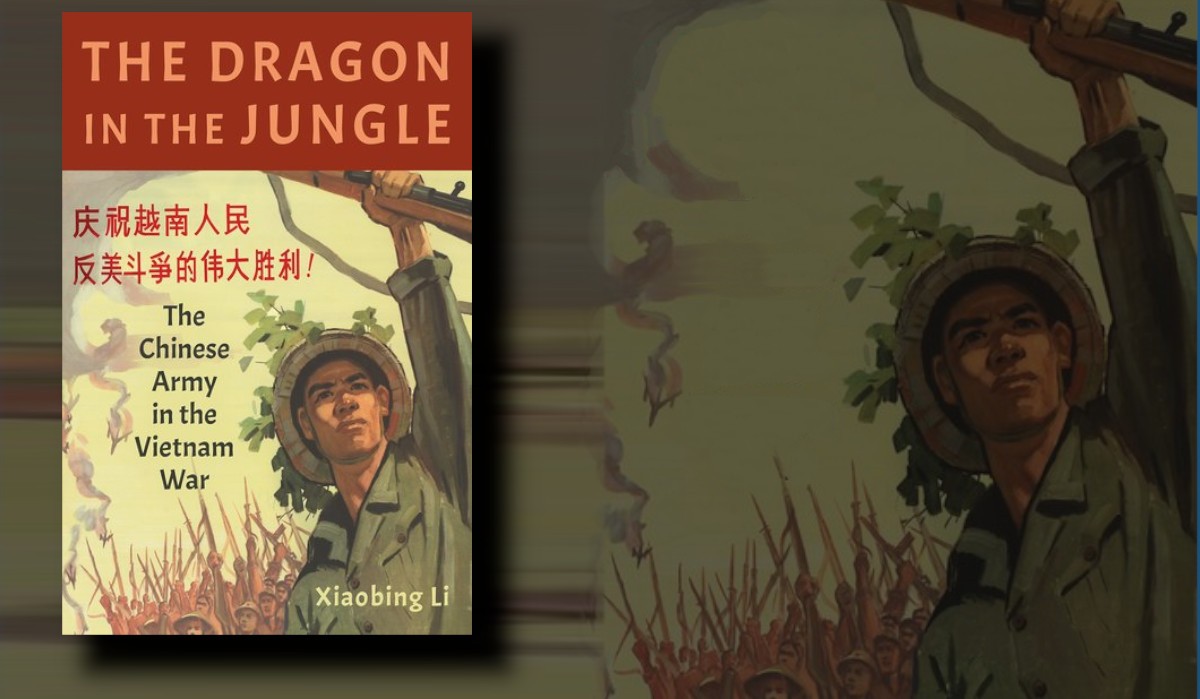The challenges of operating in different environments against a multitude of threats with a small but highly skilled force, are never ending. Preparing for likely scenarios is demanding enough, but mitigating against short notice emergencies and sustaining concurrent operations on multiple fronts is the future planning challenge. These challenges are made more complex by the need to integrate with other security organisations, industry, legislation and the demands of the community. This edition of the Australian Australian Army Journal features a collection of articles which highlight some of the current debates within this forum. The articles cover a broad spectrum of subjects from civic responsibility to counter terrorism, and from urban warfare to amphibious operations.
In our lead article, Director of the Australian Army History Unit, Tim Gellel, draws on ideas from Army’s futures statement, Accelerated Warfare, to describe how the future operating themes of ‘cooperation, competition and conflict’ were also evident in Australia’s relationship with Imperial Japan at the beginning of Federation. This article sets the scene for the subsequent pieces which highlight some of the many complexities of the region Next, Lieutenant Colonel Duncan Foster examines the idea of national service against the functional and societal imperatives of the Australian Defence Force and looks to the Swiss model for a successful example. His argument of how to balance structure and function in a rapidly changing threat environment is topical, and offers a societal perspective to a debate that is often dominated by technological solutions.
Continuing the discussion about future force structure and external support, Captain Nicholas Allen introduces a critical analysis of contracting methods. His article looks at causes of contract failure, differences in organisational culture between ADF and private industry, and the impact of contracting on readiness and short notice tasks. Major Marshall Lawrence brings new ideas to the important requirement for cross-cultural expertise, through the efficiency of selective language training. Lawrence argues that psychological measures such as personality type and cultural intelligence may identify those best suited to language training and thus increase the effectiveness of the investment.
Patrick McMillan gives us a useful external perspective on the challenges of operating in the archipelagic environment of the Indo-Pacific. McMillan, a graduate student at ANU’s Strategic and Defence Studies Centre, examines Army’s current amphibious capability against coastal, littoral, estuarine and riverine environments and proposes new watercraft to fill the operational gaps. Contemporary operational challenges are also the subject of Nicolas Johnston’s article on Australia’s counter terrorism response. Johnston, another author who is external to Defence, keeps civil primacy as the focus of his case study on the Lindt Café siege, in which he evaluates different models of interagency cooperation in domestic security response. Finally, Major Dale Morely-Turnbull, a member of the military police, uses her experience in investigative services to ask whether the ADF’s ‘zero tolerance’ policy on substance abuse is still relevant in today’s social climate. Major Morely-Turnbull evaluates ethical and disciplinary reasons behind the policy and considers convergence of civil and military sectors as a rationale.
In this edition, we also present six book reviews on topics that range from 21st Century urban warfare to Commonwealth armies in the Second World War; and new disciplines and approaches to military research in books about criminology and reflexivity. We are also pleased to bring back our section ‘Letters to the Editor’, and invite further responses from readers.
The Australian Army Journal continues to play an important role in the ‘contest of ideas’ that is the fuel for an Army in Motion. I am continually encouraged by the breadth of interest in Australian Army Research Centre publications, both in Australia and in the international military research community; and in this spirit, I commend this edition of the Australian Army Journal to you.









